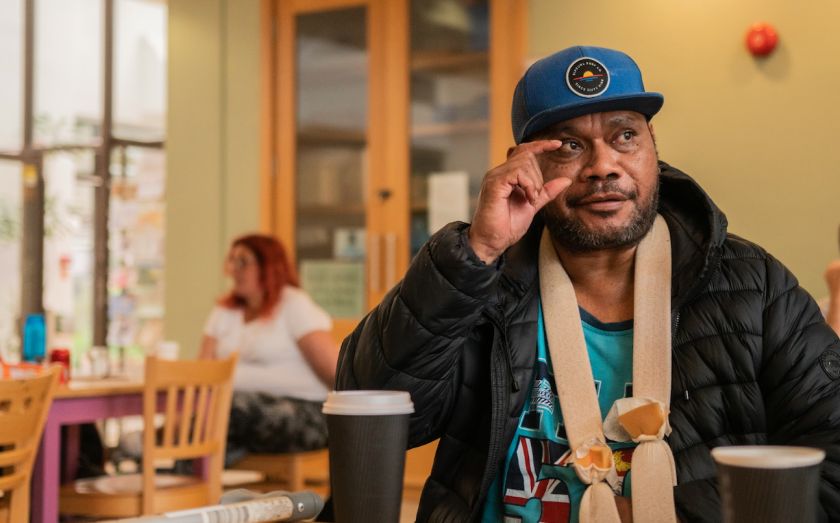Temporary Accommodation (TA) is temporary housing where people experiencing homelessness are placed while waiting for stable housing, or while it is being assessed whether they are owed a duty of care. Disability is highly prevalent among people living in TA, from problems with mental health to physical impairments.
People living with a disability are more likely to experience poverty and be in need of support, making them more vulnerable to homelessness. Once in TA, the environment can exacerbate symptoms and heighten experiences of disability. Although temporary by name, this situation can carry on for years due to the shortage of suitable housing.
We are delighted to see that a comprehensive new report from CHI, Homelessness and Disability in the UK, gives clear evidence highlighting the many barriers people with disabilities face while experiencing homelessness, making it harder to get support and move on out of homelessness. It is long overdue.







